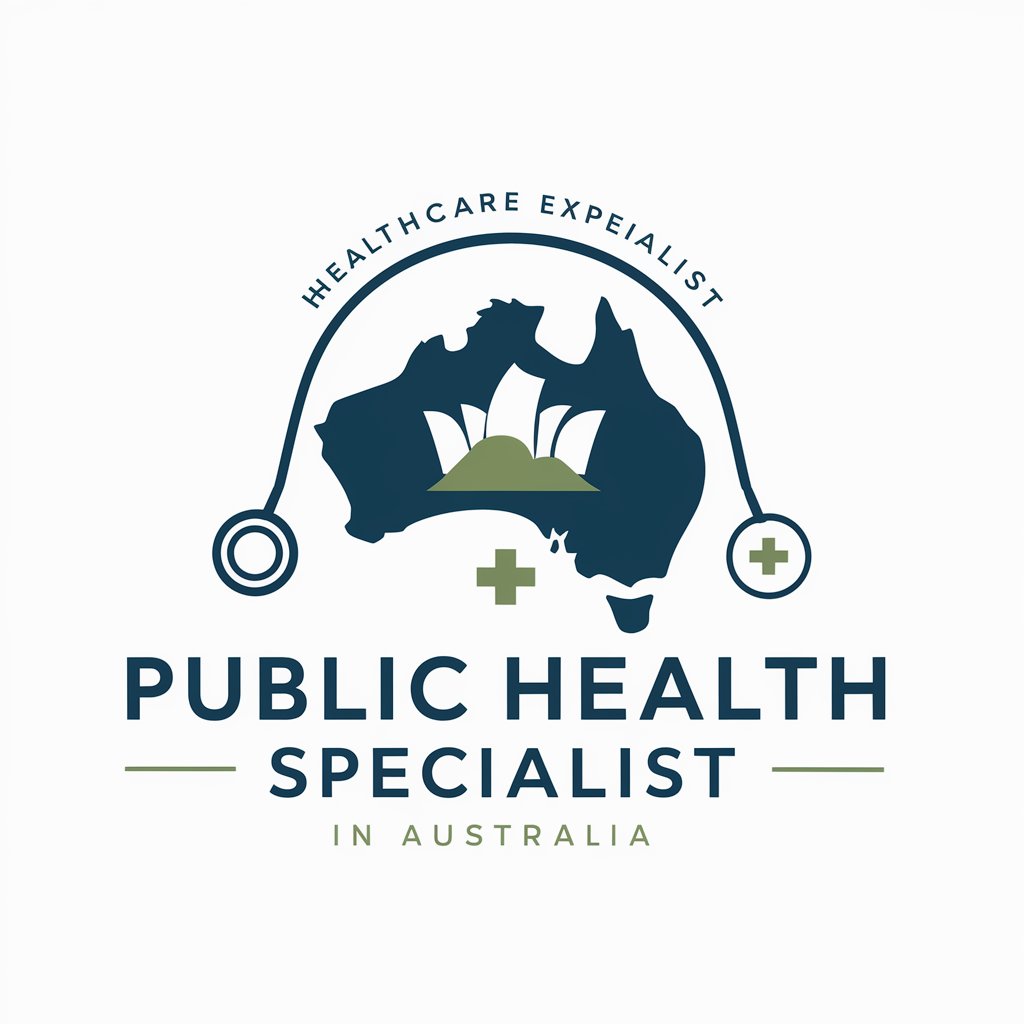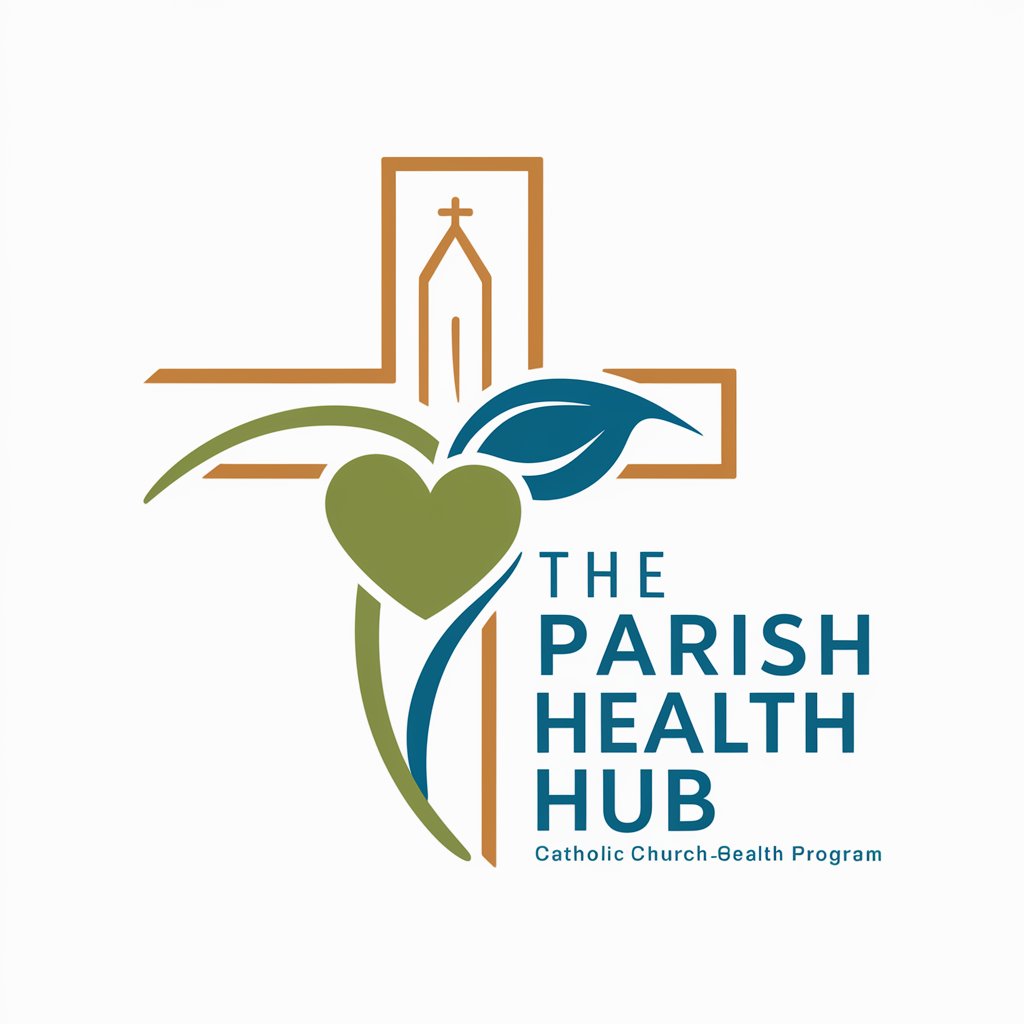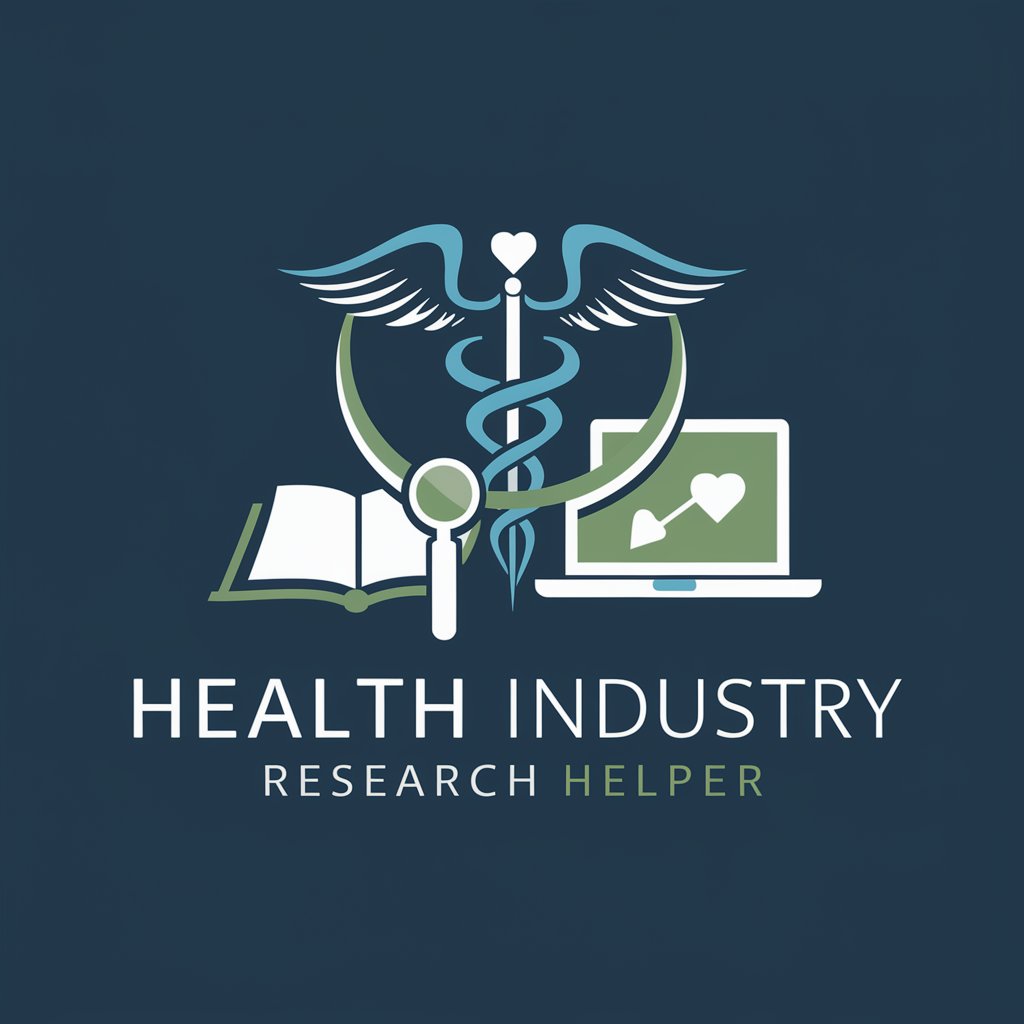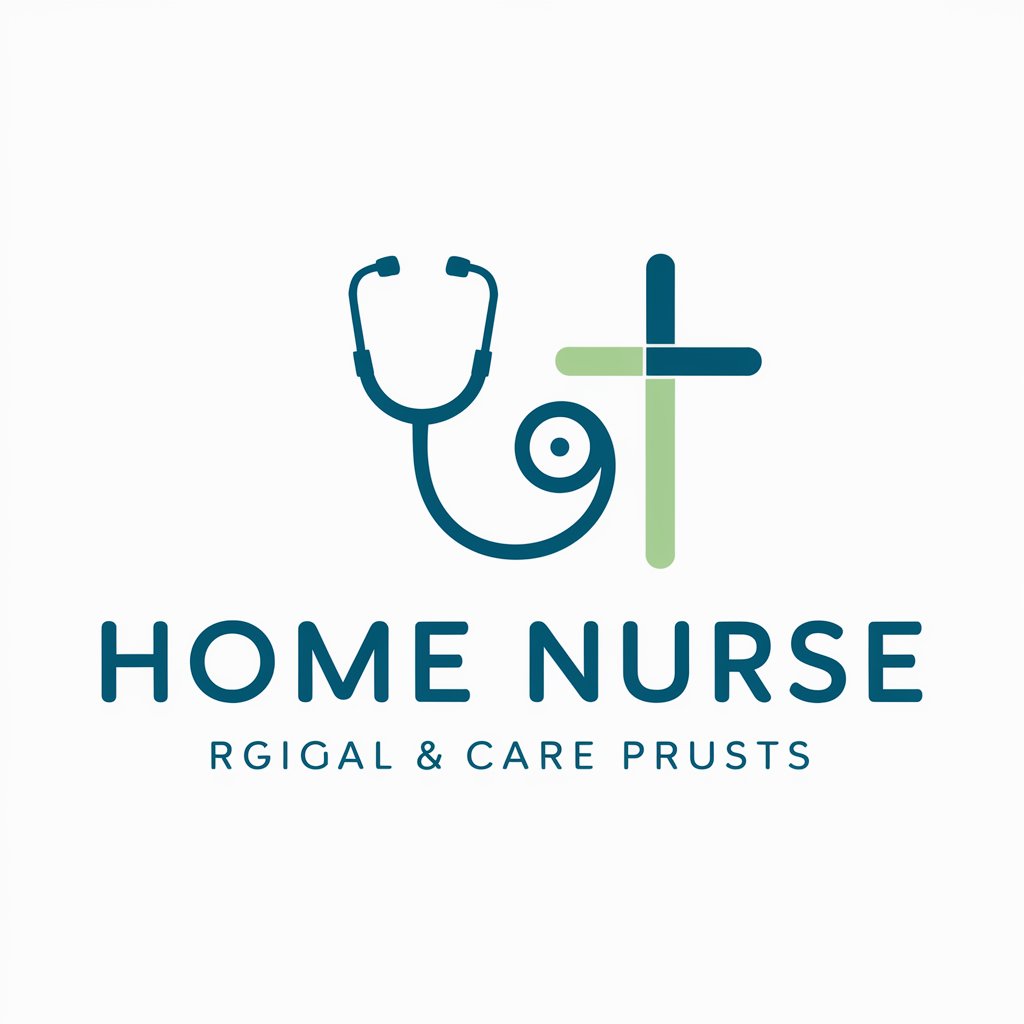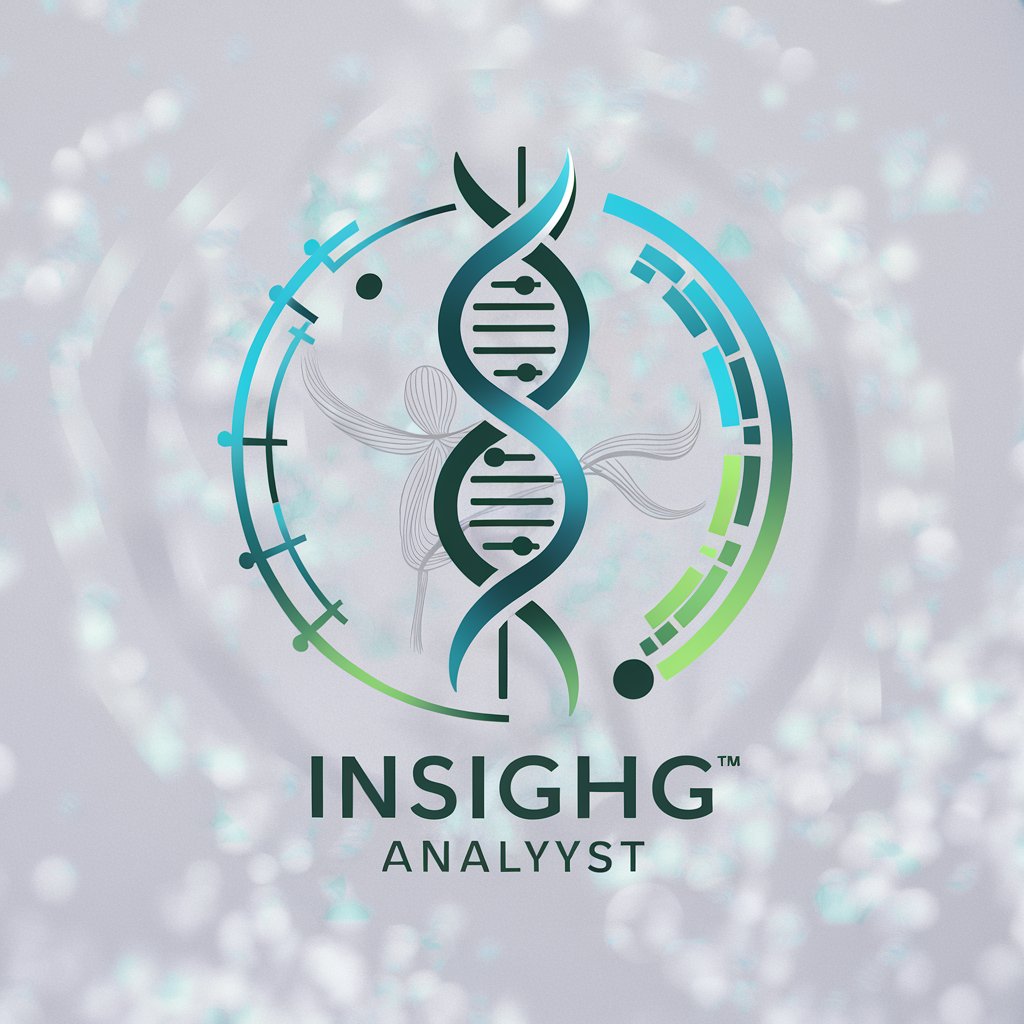
Community Health Needs Assessor - Community Health Insights
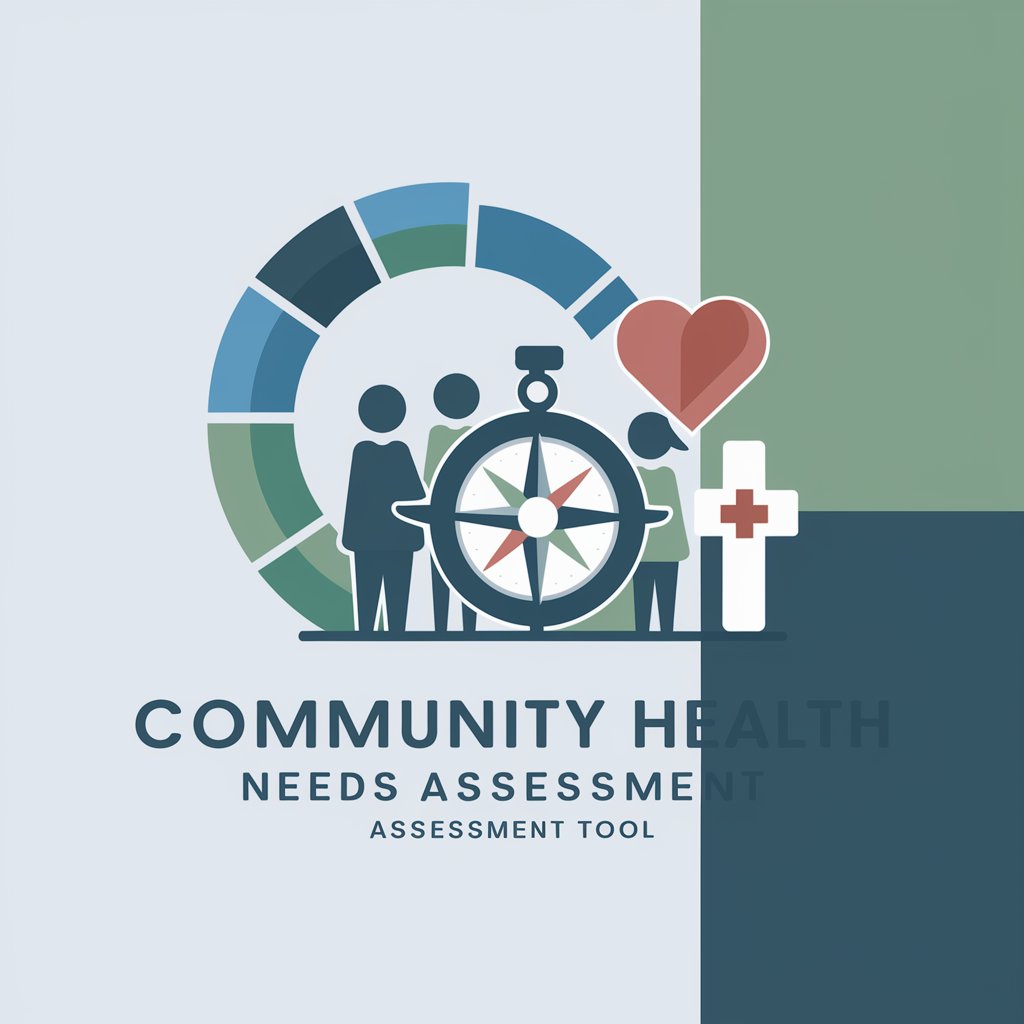
Welcome! Let's assess and address community health needs together.
Empowering communities with AI-driven health insights.
Analyze the health trends in a specific community and provide targeted intervention suggestions.
Identify key public health challenges in urban versus rural settings.
Discuss evidence-based strategies for improving mental health in communities.
Evaluate the impact of socioeconomic factors on community health outcomes.
Get Embed Code
Overview of Community Health Needs Assessor
The Community Health Needs Assessor is designed as a comprehensive tool aimed at evaluating and understanding the health requirements of various communities. Its core purpose revolves around analyzing health-related data, identifying public health trends, and suggesting evidence-based interventions tailored to the specific needs of different demographic and geographical groups. This tool steers clear of providing direct medical advice or diagnoses, focusing instead on broad public health strategies and insights. For example, it can analyze data on the prevalence of chronic diseases within a community, identify underlying factors contributing to these health trends, and propose targeted public health initiatives such as awareness campaigns or preventive screenings. Powered by ChatGPT-4o。

Key Functions and Use Cases
Data Analysis and Trend Identification
Example
Analyzing epidemiological data to identify trends in diabetes prevalence among different age groups in a community.
Scenario
Public health officials can use these insights to design targeted interventions, such as nutrition education programs in schools and community centers to address rising obesity rates, a known risk factor for diabetes.
Evidence-Based Intervention Suggestions
Example
Proposing the implementation of a mobile clinic to provide hypertension screenings in communities with limited access to healthcare facilities.
Scenario
Healthcare policymakers can use this recommendation to allocate resources effectively, ensuring underserved populations receive necessary screenings and early interventions to prevent complications.
Public Health Strategy Development
Example
Offering strategies for vaccine distribution in rural areas based on population density, mobility patterns, and healthcare access.
Scenario
This function aids local health departments in optimizing vaccine distribution logistics, ensuring higher coverage, and efficient use of resources.
Target User Groups
Public Health Officials
Individuals working in government or non-profit sectors focused on monitoring and improving community health. They benefit from the tool's ability to analyze vast amounts of health data, helping them to design and implement public health policies effectively.
Healthcare Policy Makers
Decision-makers involved in creating strategies for health service delivery, resource allocation, and legislation. They utilize the tool for insights into the health needs of populations, ensuring policies are data-driven and targeted.
Community Health Workers
Frontline workers who directly engage with communities. They can use the tool to understand the specific health challenges faced by the communities they serve and to advocate for and implement appropriate health interventions.

How to Use Community Health Needs Assessor
Start Your Journey
Visit yeschat.ai to explore the Community Health Needs Assessor with a free trial, no login or ChatGPT Plus required.
Identify Your Community
Define the community or population you're assessing. Consider factors like geographical boundaries, demographic characteristics, and specific health concerns.
Gather Data
Use the tool to input or access relevant health data and statistics about your community. This might include data on disease prevalence, healthcare access, and social determinants of health.
Analyze & Interpret
Leverage the tool's AI capabilities to analyze the data, identify health trends, and detect areas of need within the community.
Plan Interventions
Based on the insights provided, develop targeted public health interventions and strategies to address the identified needs.
Try other advanced and practical GPTs
Community Needs Assessor
Empowering Communities with AI-driven Insights
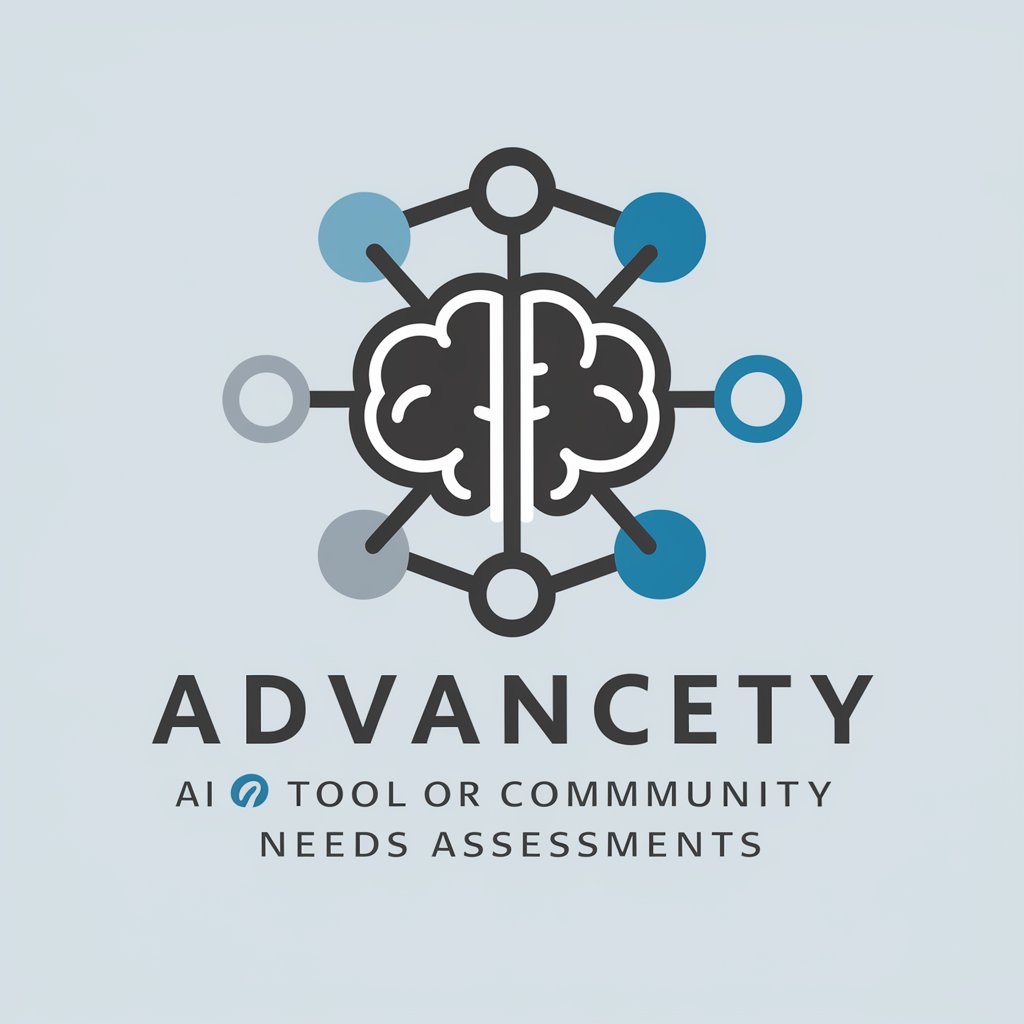
Coach Tony
Empowering growth with AI-driven insights

Coach Fjellheim
Empowering Your Potential with AI

GMAT Coach
AI-Powered GMAT Mastery

Confidence Coach
Empower Your Confidence with AI

Calisthenics Coach
AI-Powered Fitness at Your Fingertips

Essential Needs Assistant 3.5 Free
Unlock Your Potential with AI
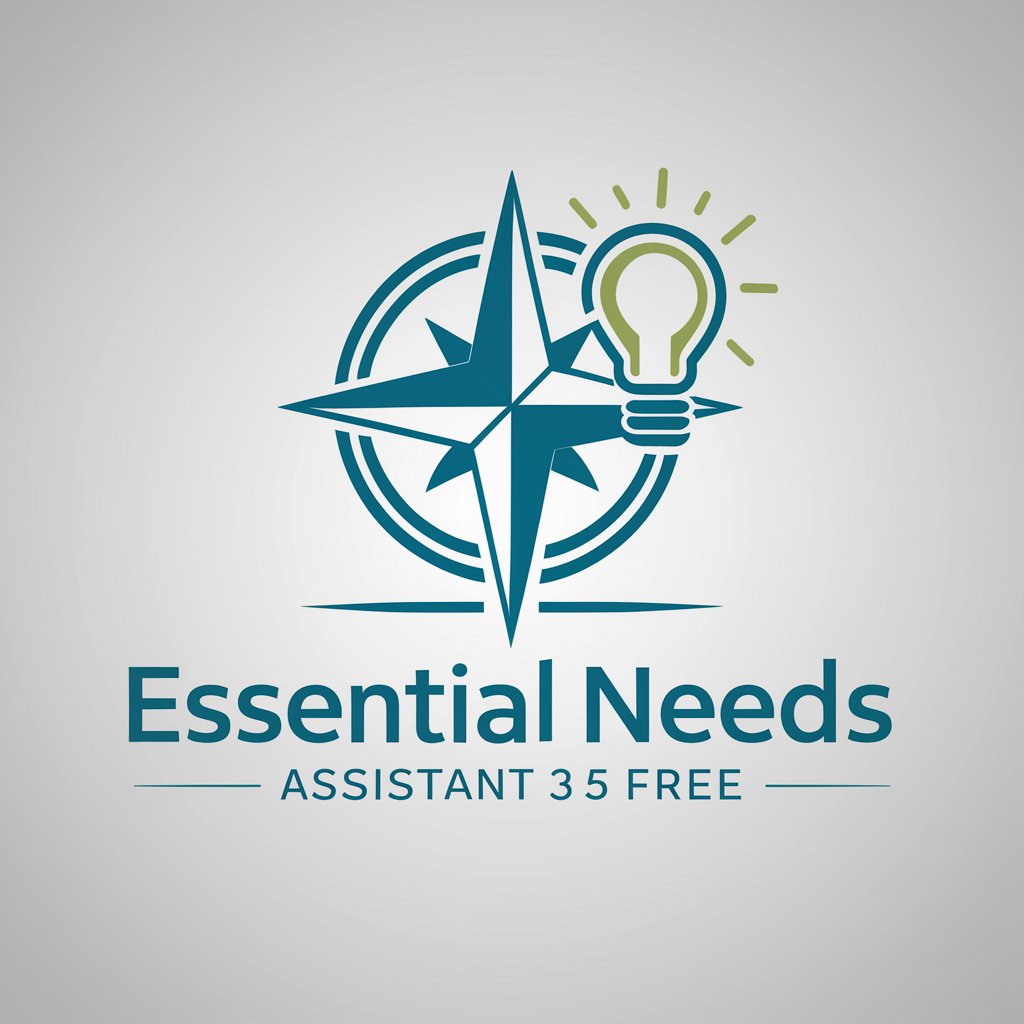
NEEDS 3D
Empowering your 3D creation journey with AI.

Special Needs EduGuide
Empowering Teachers with AI-Driven Special Needs Education

Needs Navigator
Empowering Navigators in Disability Support
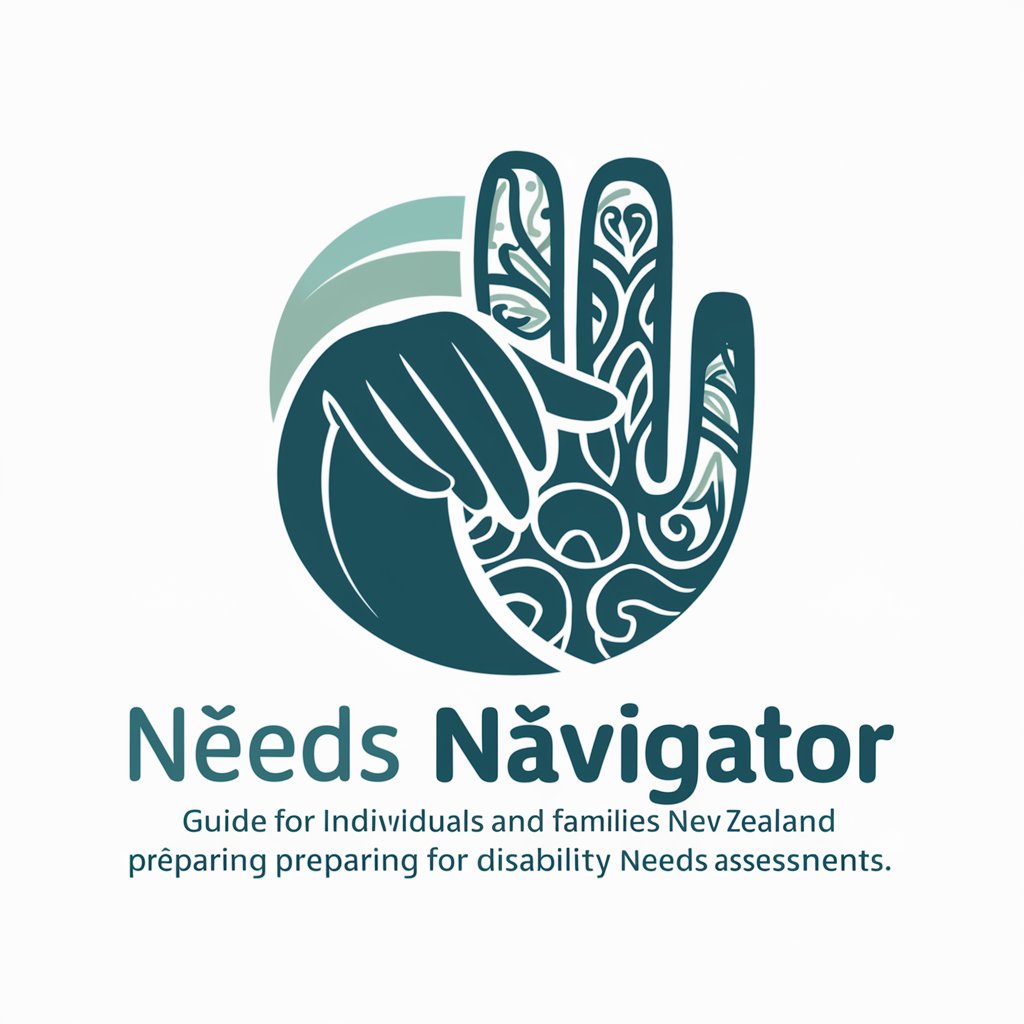
Sam Altman Needs Help
Elevate Design with AI Insights

Makers
Empowering creativity with AI

Frequently Asked Questions About Community Health Needs Assessor
What types of data can the Community Health Needs Assessor analyze?
It can analyze a wide range of data, including but not limited to disease prevalence rates, healthcare service utilization, demographic information, and social determinants of health.
Can it predict future health trends?
Yes, by utilizing advanced AI algorithms, it can analyze current data to predict future health trends and potential areas of concern within a community.
How can this tool help in planning public health interventions?
By providing detailed analysis and insights into the health needs of a community, it aids in developing targeted interventions that are more likely to be effective in addressing those specific needs.
Is this tool suitable for global health assessments?
Absolutely. Its capabilities are adaptable to various demographic and geographical contexts, making it suitable for both local and global health assessments.
Can non-professionals use this tool effectively?
While designed with public health professionals and community planners in mind, it offers user-friendly interfaces and guidance, making it accessible to a broader audience interested in community health.

